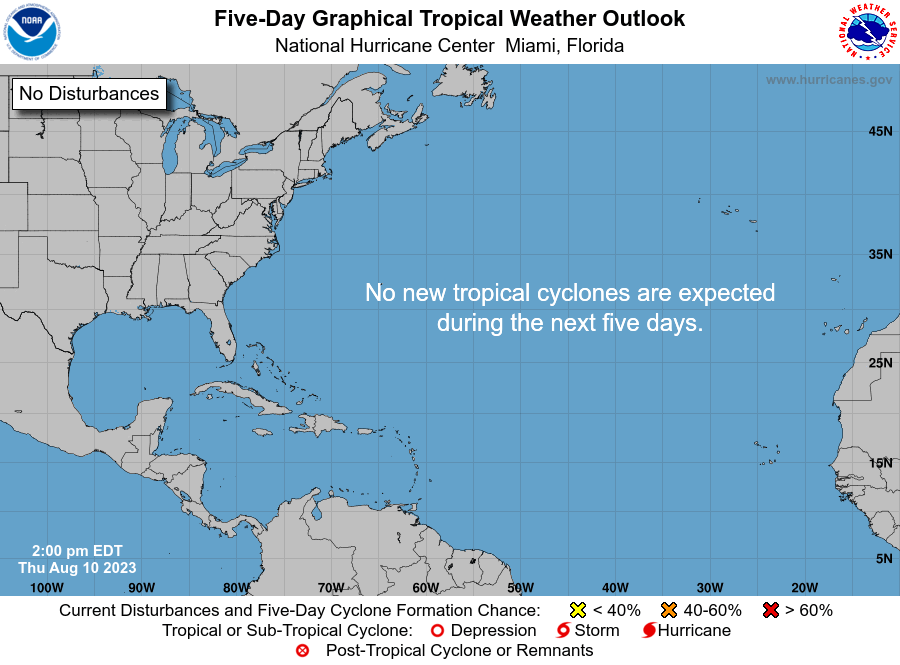Browse by Type
- Standby Generators
-
Commercial Generators
- 20kW to 29kW
- 30kW to 39kW
- 40kW to 49kW
- 50kW to 59kW
- 60kW to 69kW
- Commercial Natural Gas Generators
- 70kW to 79kW
- Agricultural Generator—Farm Generator
- 80kW to 99kW
- 100kW to 150kW
- LP Propane
- Diesel
- 240V Single Phase
- 208V Three Phase
- 240V Three Phase
- 480V Three Phase
- Aluminum
- Carb Compliant
- Steel
- 22-48kW Aluminum
- 25-45kW Steel
- Portable Generators
- Diesel Generators
- Home Generators
- RV Generators
- Commercial Mobile Generators
- Prime Power
- Generator Transfer Switch
- Automatic Transfer Switches
- Generator Maintenance Kits
- Manual Transfer Switches
- Generator Accessories
- Generator Power Cords
- Solar Power
- Generator Replacement Parts
- Water Pumps
- Outdoor Power Equipment
- Clearance
- Pressure Washers
- Quiet Generators
Current Weather

Click Here for Current tropical storms and hurricanes


Hazards Support Activities
What is a hurricane?
A hurricane, the strongest storm on Earth, is a storm that derives its energy from cloud formation and rainfall. This is unlike mid-latitude (baroclinic) storms that derive their power from a temperature gradient (cold front). A hurricane begins as a tropical depression. A tropical depression has a sustained wind speed of less than 39 mph (63 km/hr). Next comes a tropical storm with winds from 39-73 mph (63-118 km/hr). Tropical storms are named in the Atlantic, East, Central and Northwest Pacific, and in the South Indian Ocean. Finally, when the winds are sustained (one minute average) at 74 mph (119 km/hr), the storm becomes: In the Atlantic Ocean, East Pacific, Central Pacific (east of the International Dateline) and Southeast Pacific (east of 160°E) a Hurricane; in the Northwest Pacific (west of the International Dateline) a Typhoon; in the Southwest Pacific (west of 160°E) and Southeast Indian Ocean (east of 90°E) a Severe Tropical Cyclone; in the North Indian Ocean a Severe Cyclonic Storm; and in the Southwest Indian Ocean (west of 90°E) a Tropical Cyclone.
